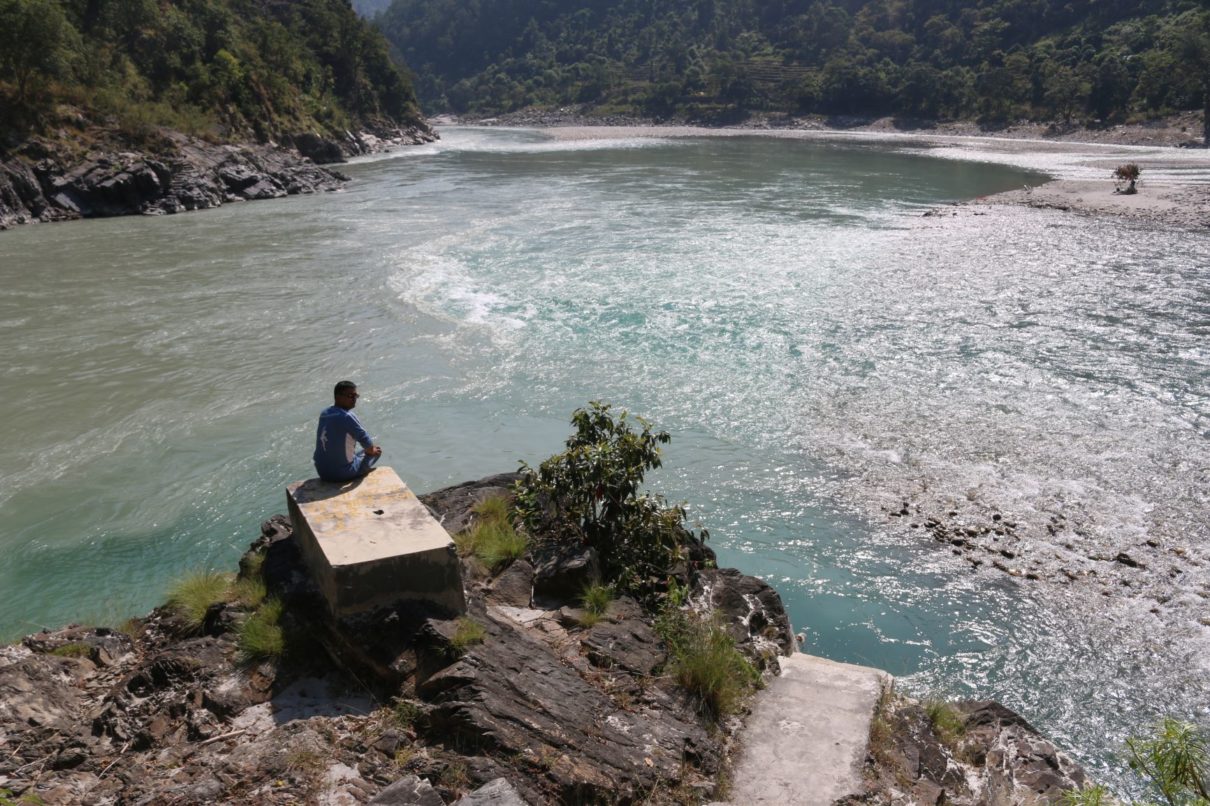In February this year, the US-China relationship reached yet another low after a spy balloon released by China was found over US territory. The balloon incident led to the cancellation of Blinken’s planned visit to China.
The two countries seem to have cleared the air between them during Blinken’s trip to Beijing. The US and China also discussed the Russia-Ukraine war during Blinken’s visit. America wants to make sure that China does not provide weapons to Russia. Another major development of this week was Indian Prime Minister Narendra Modi’s state visit to the US. As the US relations with China and Russia stand on shaky ground, it has stepped up engagement with India. US President Joe Biden and Indian Prime Minister Narendra Modi have already been meeting fairly frequently on international platforms. Regarding Modi’s visit, India’s Minister for External Affairs S Jaishankar said that it is a visit on which there is a genuine and widespread deep interest in the United States. Among other several issues, the key highlight of Modi’s visit is building defense industrial cooperation roadmap. Over the past few years, India’s relationship with China has been intense due to the border clash. Put simply, India needs the US support to keep China at bay. And though the US and India do not have the same policy on South Asian countries, they are on the same page when it comes to containing China’s influence in the region. China’s growing influence in South Asian countries has become a cause for concern for both New Delhi and Washington. Observers say the Biden administration introduced the Indo-Pacific Strategy (IPS) in 2022 with the express intent of curbing China’s growing influence in the South Asian region. IPS states about supporting India’s continued rise. The US recognizes India as a like-minded partner and leader in South Asia and the Indian Ocean, active in and connected to Southeast Asia. Implications for Nepal Though Nepal is not an influential player in international politics, the relationship between India-US and US-China obviously matters to the country. The ripple effects of the US-China confrontation has already been felt in Kathmandu over the past few years. Unlike in the past, China is more concerned over the US-assisted development projects in Nepal like the Millennium Challenge Corporation. Meanwhile, the US is also keenly observing China’s Belt and Road Initiative (BRI) taking shape in Nepal. Both the US and China have also expressed concern about Nepal’s position on the Russia-Ukraine war and other international issues. As a buffer state between China and India, Nepal’s strategic positioning is of great importance for Beijing, New Delhi and Washington. During Prime Minister Pushpa Kamal Dahal’s India visit this month, the Indian side had raised the issue of growing Chinese influence in Nepal and its security implications for India. Dahal and Modi also discussed the entire regional environment, Chinese engagement in South Asia and how it is affecting the Nepal-India relationship. Dr Khadga KC, professor of international relations, says the recent visits by high-level American officials to China shows that the US is keen to enhance cooperation with China amid the competition on several issues. If the Washington-Beijing relationship improves, he says it would be easy for Nepal to conduct its own foreign policy. Nepal does not wish to see any confrontation or proxy war between an emerging superpower and established superpower, he adds. Binoj Basnyat, former Nepal Army official and strategic affairs expert, says Blinkent’s China trip and Modi’s US visit offer two different geopolitical dimensions. While Blinkent’s Beijing trip is more of a diplomatic engagement for both the domestic and international security environment with no compromise on the strategic goals, Modi’s US visit is important for the strategic balance of the South Asian region and the world in addressing China as a potential threat, he says. Basnyat adds that India and the US have similar interests when it comes to China, and such a geostrategic environment is a challenge to a small nation like Nepal, which cannot afford to be a playground nor pick a side. Pranab Kharel, political analyst, says the dynamics of US-India relations has direct implications for South Asia as both the countries have their respective weight in the region. He says the ongoing US visit of Modi should be read as the continuing effort of both the countries to keep each other in confidence. Kharel says that the US visit of the Indian prime minister is also taking place at a time when the Indians have positioned themselves separately from the Americans in the Ukraine crisis. India continues to import Russian crude oil in order to meet its energy demands. Therefore, when one wishes to contextualize the implications of the visit on Nepal, these key facts should not be missed, says Kharel. Furthermore, adds Kharel, the energy infrastructure being built in Nepal under MCC has India onboard, which indicates that the US-India dynamics are multifaceted and the implication on a country like Nepal is just one of those manifestations. Nepal’s Prime Minister Dahal visited India earlier this month. He is preparing to visit China, possibly in August, and will also likely visit the US. This shows Nepal is already in the radar of big powers.











